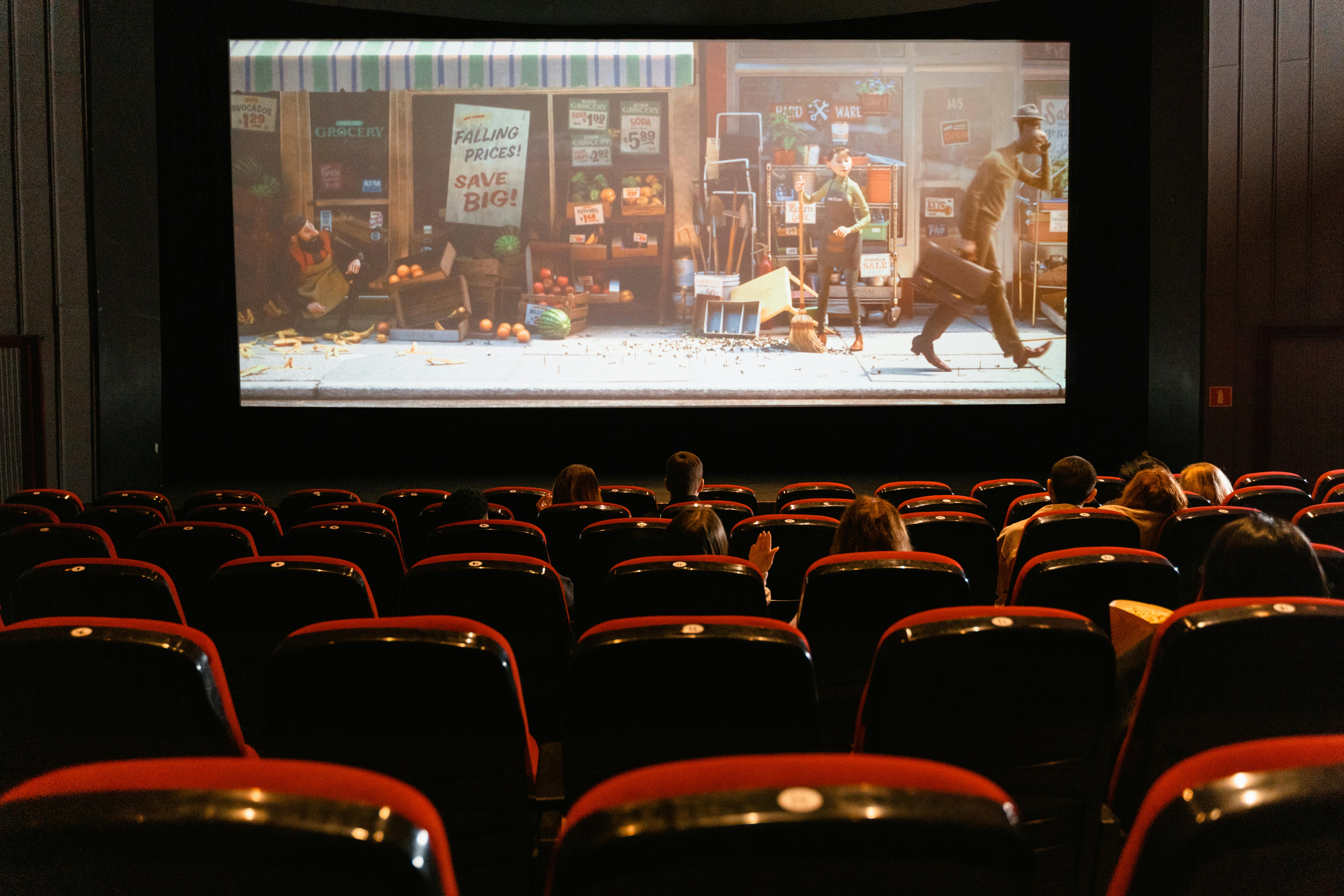From Celluloid to Digital: Unmasking the Transformation of Filmmaking Techniques
Introduction: Witness an intriguing journey as we delve into the transformation of filmmaking techniques from the era of celluloid to the digital age. This article unravels the history, current trends, and the profound impact of this transition on the global cinema industry.

A Glimpse into the Past: The Age of Celluloid
The early days of cinema were dominated by celluloid, a material known for its ability to hold images that could be projected onto large screens. First introduced by George Eastman in 1889, celluloid films became the lifeblood of the movie industry, setting the stage for many iconic films.
A New Era Dawns: The Advent of Digital Filmmaking
The late 20th century witnessed the advent of digital technology, sparking a revolution in filmmaking. Digital cameras emerged as viable alternatives to traditional film cameras, offering greater flexibility and creative freedom. Movies like “The Phantom Menace” (1999) and “Attack of the Clones” (2002) were among the first blockbusters to be shot digitally, marking the onset of a new era in cinema.
The Digital Surge: Current Trends in Filmmaking
Today, digital filmmaking has become the norm, with advancements in technology leading to high-definition digital cameras and innovative special effects. Movies are now shot, edited, and screened digitally, streamlining the entire filmmaking process. Additionally, digital platforms have made films more accessible, transforming the way audiences consume content.
Impact and Reception: How Has the Industry Responded?
The shift from celluloid to digital has had a profound impact on the industry. While some filmmakers, like Quentin Tarantino and Christopher Nolan, have remained loyal to celluloid, others have embraced digital technology. The transition has also influenced film budgets, distribution, and the democratization of filmmaking, giving rise to independent cinema.
Looking Ahead: The Future of Digital Filmmaking
As we move into the future, digital technology is set to further revolutionize filmmaking. Virtual reality, artificial intelligence, and drones are just some of the tools that hold the potential to shape the future of cinema. As filmmakers continue to push boundaries, audiences can look forward to a more immersive and captivating cinematic experience.
In conclusion, the transition from celluloid to digital has dramatically reshaped the landscape of cinema, leaving an indelible mark on both filmmakers and audiences. The journey so far has been fascinating, and the future holds even more promise as new technologies continue to reshape the world of filmmaking.






